Guaranteed Delivery
by Mother’s Day
on orders placed through May 2
Guaranteed Delivery by Mother’s Day
on orders placed through May 2
on orders placed through May 2
on orders placed through May 2
SAVE 15% OFF your order
(Use code LOVE)
FREE SHIPPING when you spend $100 (Continental US Only)
FREE 9″ Beech Bowl when you spend $150 (Use code SPRING)
SAVE 15% on all orders (Use code LOVE)
FREE SHIPPING when you spend $100 (Continental US Only)
FREE 9″ Beech Bowl when you spend $150 (Use code SPRING)
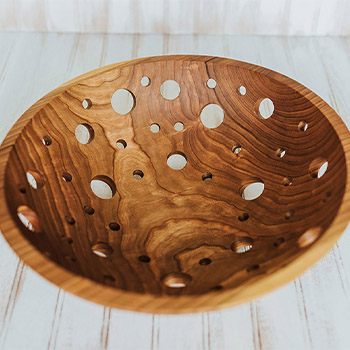
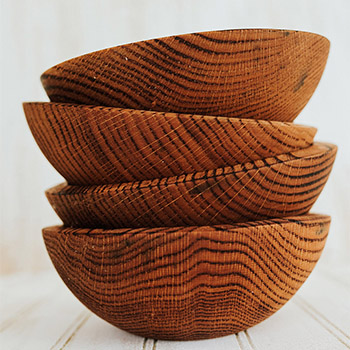
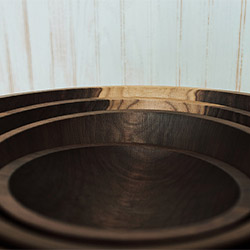
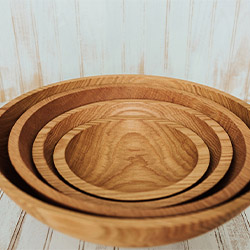
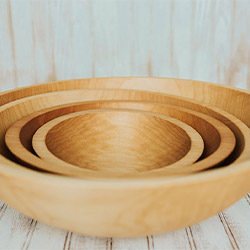
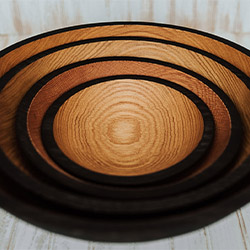
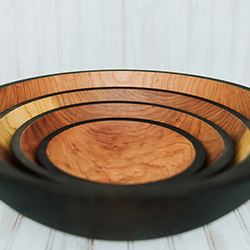
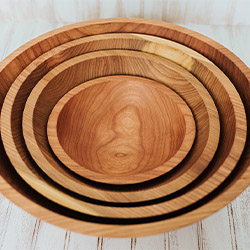
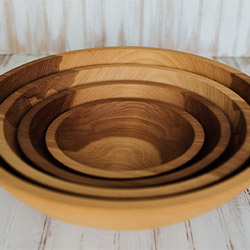
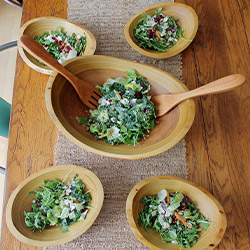

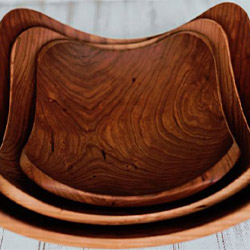
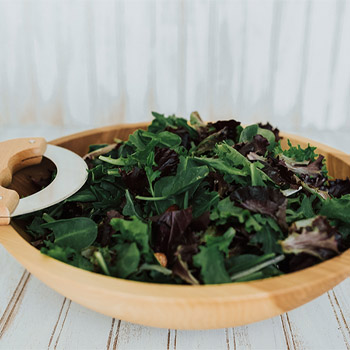

Share
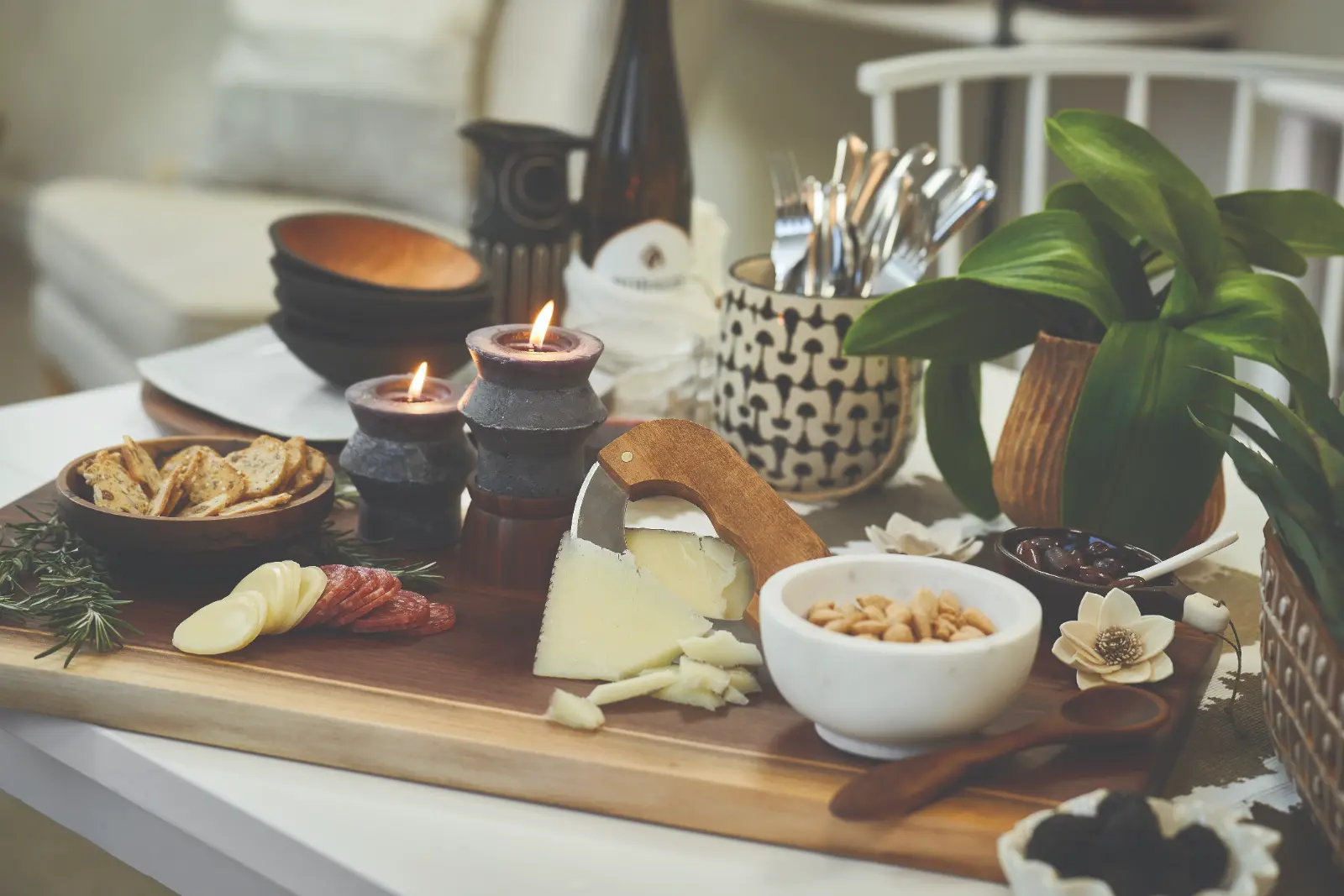
Coincidentally, have you ever wondered what makes handcrafted wooden cutting boards safe for food preparation?
While it may seem counterintuitive to use wood in a kitchen setting, there are specific reasons why wooden cutting boards are a popular choice among chefs and home cooks alike.
Understanding the factors that contribute to the safety of these cutting boards can provide valuable insight into the materials and techniques used in their creation.
Select the type of wood that best suits your cutting board needs based on its durability, grain structure, and resistance to moisture. Different wood species offer varying levels of moisture resistance and durability, which are essential factors to consider when choosing the right wood for your cutting board.
Maple is a popular choice for cutting boards due to its tight grain structure, which provides excellent resistance to moisture. It’s a durable hardwood that can withstand the rigors of daily use in the kitchen.
Another excellent option is cherry wood, known for its rich color and fine grain. Cherry offers good moisture resistance and is less prone to warping or splintering, making it a reliable choice for cutting boards.
For those seeking a more exotic option, teak wood is highly regarded for its natural oils that make it resistant to moisture, rot, and warping. Teak’s exceptional durability and moisture resistance have made it a preferred choice for marine applications and outdoor furniture, making it a top contender for cutting boards as well.
When considering the construction techniques for your wood cutting board, it’s essential to ensure that the chosen wood’s durability and moisture resistance are complemented by proper assembly methods. The way the wood pieces are joined together, and the finishing methods used play a vital role in the safety and longevity of your cutting board.
Wood cutting boards offer natural antimicrobial properties that make them a safe choice for food preparation. The natural compounds found in wood, such as tannins and phenols, have been shown to inhibit the growth of bacteria, making wooden cutting boards a hygienic option.
With its natural antimicrobial properties, wood provides a safe and hygienic surface for cutting boards. When considering food safety, these benefits are essential for maintaining a clean kitchen environment. Here’s why wood’s antimicrobial benefits make it an excellent choice for cutting boards:
To ensure safe food preparation, it’s essential to consider the natural antimicrobial properties of wood when selecting a cutting board. Wood has inherent traits that can help prevent cross-contamination and promote kitchen hygiene.
When using wood cutting boards, proper cutting techniques and knife safety are crucial for maintaining a safe food preparation environment. It’s important to remember to use separate cutting boards for raw meats and fresh produce to avoid cross-contamination.
To keep your handcrafted wood cutting board in top condition, it’s essential to regularly clean and sanitize it.
Additionally, oiling and waxing the board will help maintain its integrity and prevent it from drying out or cracking.
Lastly, avoid leaving the board in direct contact with moisture for prolonged periods to prevent warping and damage.
Maintain the cleanliness and sanitation of your handcrafted wood cutting board by regularly washing it with hot, soapy water and thoroughly drying it afterwards. Proper maintenance ensures the safety and longevity of your cutting board.
In addition to regular washing, consider the following:
Regularly sanitizing your cutting board is essential for preventing bacterial growth and maintaining a hygienic surface for food preparation. Avoid using chemical cleaners, and never place wooden cutting boards in the dishwasher to ensure their longevity and safety.
Consider applying a food-grade mineral oil or beeswax to maintain the integrity and longevity of your handcrafted wood cutting board. Regular oiling helps prevent moisture and food particles from seeping into the wood, which could lead to bacterial growth. Food-grade mineral oil acts as a protective barrier, keeping the wood from drying out and cracking, while beeswax provides an additional layer of protection.
To oil your cutting board, apply a generous amount of oil, let it soak in for a few hours or overnight, then wipe off any excess. For beeswax, simply rub it onto the surface of the board and buff it in.
Proper maintenance not only ensures food safety by preventing bacterial growth but also contributes to wood preservation, keeping your cutting board in top condition for years to come.
Regularly inspect your wood cutting board for any signs of moisture damage, such as warping or discoloration, to ensure its longevity and safety for food preparation.
To prevent warping and avoid cracking, follow these simple maintenance tips:
To ensure the safety of your handcrafted wooden cutting board, it’s important to prioritize its resistance to bacteria. Wood cutting boards have natural properties that make them resistant to bacteria. The porous nature of wood absorbs and traps bacteria, preventing them from multiplying and contaminating your food. This isn’t the case with plastic cutting boards, where bacteria can thrive in knife grooves, making wood a better choice for bacteria prevention.
When properly maintained, wood cutting boards provide hygienic surfaces for food preparation. The structure of wood, along with the presence of natural compounds like tannins and phenols, helps inhibit the growth of bacteria. Regular cleaning and oiling of your wooden cutting board can further enhance its resistance to bacteria and ensure a safe food preparation environment.
It’s important to note that while wood has inherent antibacterial properties, proper care and maintenance are crucial. Always wash your wood cutting board with hot, soapy water after each use, and dry it thoroughly to prevent moisture buildup, which can compromise its antibacterial properties. Additionally, applying food-grade mineral oil regularly creates a protective barrier that helps prevent bacteria from penetrating the wood.
The natural resistance of wooden cutting boards to bacteria is an important aspect to consider when ensuring regulatory compliance with food safety standards. Compliance regulations and industry standards play a crucial role in the manufacturing and usage of wooden cutting boards. Here’s what you need to know to ensure regulatory compliance:
Handcrafted wood cutting boards are safe due to the careful selection of wood, construction techniques, natural antimicrobial properties, proper maintenance, and resistance to bacteria.
These boards meet regulatory compliance standards and provide a reliable and secure option for food preparation.
With the right care and maintenance, handcrafted wood cutting boards can offer a safe and durable solution for your kitchen needs.
All Holland Bowl Mill bowls come with a lifetime guarantee. If your bowl ever cracks or warps from regular use, Holland Bowl Mill will replace it with a new one of similar size and finish. Never let water stand in a wood bowl for a long period of time and never clean wood bowls or any wood product in the dishwasher. Holland Bowl Mill recommends using water and a small amount of mild soap to clean your wood products, then hand dry.
No appointment needed if group is under 10.
For larger groups, call 616-396-6513 to schedule your tour.
© 2023 Holland Bowl Mill